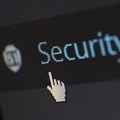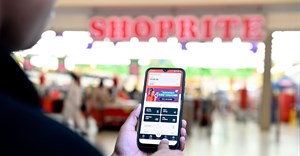Your staff are the biggest threat to your cyber security

Cyber forensic security expert, Rudi Dicks, director of The Cyber Academy explains, “A data breach can cost an organisation millions of rands and worse, its reputation. Even with excellent information, security teams and robust technologies in place, the weakest link is often a user within the company that has been manipulated by a malicious attacker who is then able to access the sensitive information that the user is authorised to view.
“While data leaks can be orchestrated by a disgruntled worker or a corporate spy who is familiar with the organisation, most data breaches occur because of avoidable human error. As malicious attackers constantly use new and innovative methods, companies can’t keep implementing new technologies to mitigate these.”
Cyber attacks continue to make headline news such as the recent hack into Liberty’s data and the Cathay Pacific attack which saw the personal information of 9.4 million customers leaked. Current estimates indicate that more than 90% of cyber attacks can be attributed to human error.
Raise awareness among staff
Dicks says the easiest method of attack is to manipulate an employee and therefore the best security intervention is to raise awareness amongst staff. “Technology can’t help a human problem which involves someone manipulating an employee or contractor to perform an action or divulge confidential material.
“In one instance, a stranger came onto the premises for an alleged job interview, told the receptionist he had spilt coffee on his CV, handed her a USB and asked her to print it for him. Once the USB was inserted to her computer the attacker gained remote access to that machine and from there, the entire network,” says Dicks.
The Cyber Academy works with companies to protect them from cyber attacks by raising awareness and training staff to ensure that cyber protection and data security are maximised.
“Our trainers have real-world hacking experience and remain thoroughly engaged with the current cyber crime landscape and most importantly, they understand the attackers’ mindsets. Social engineering attacks such as phishing, vishing, spoofing and ransomware are all cyber attacks that continue to grow in frequency and sophistication at alarming rates.”
“Physical security is a basic but often overlooked form of defence,” says Dicks. “Staff must report all strangers they see in the office that are not clearly marked with a visitor’s access card. Access to the building needs to be rigorously managed. Unknown USBs may not be used and sensitive information should be shredded. Password protection policies must be strictly adhered to - people are still writing their passwords on a piece of paper,” says Dicks.
With the advent of social media, people’s interests are publicly available which often hackers use to manipulate. This is exacerbated by the number of digital devices that people now have.


















